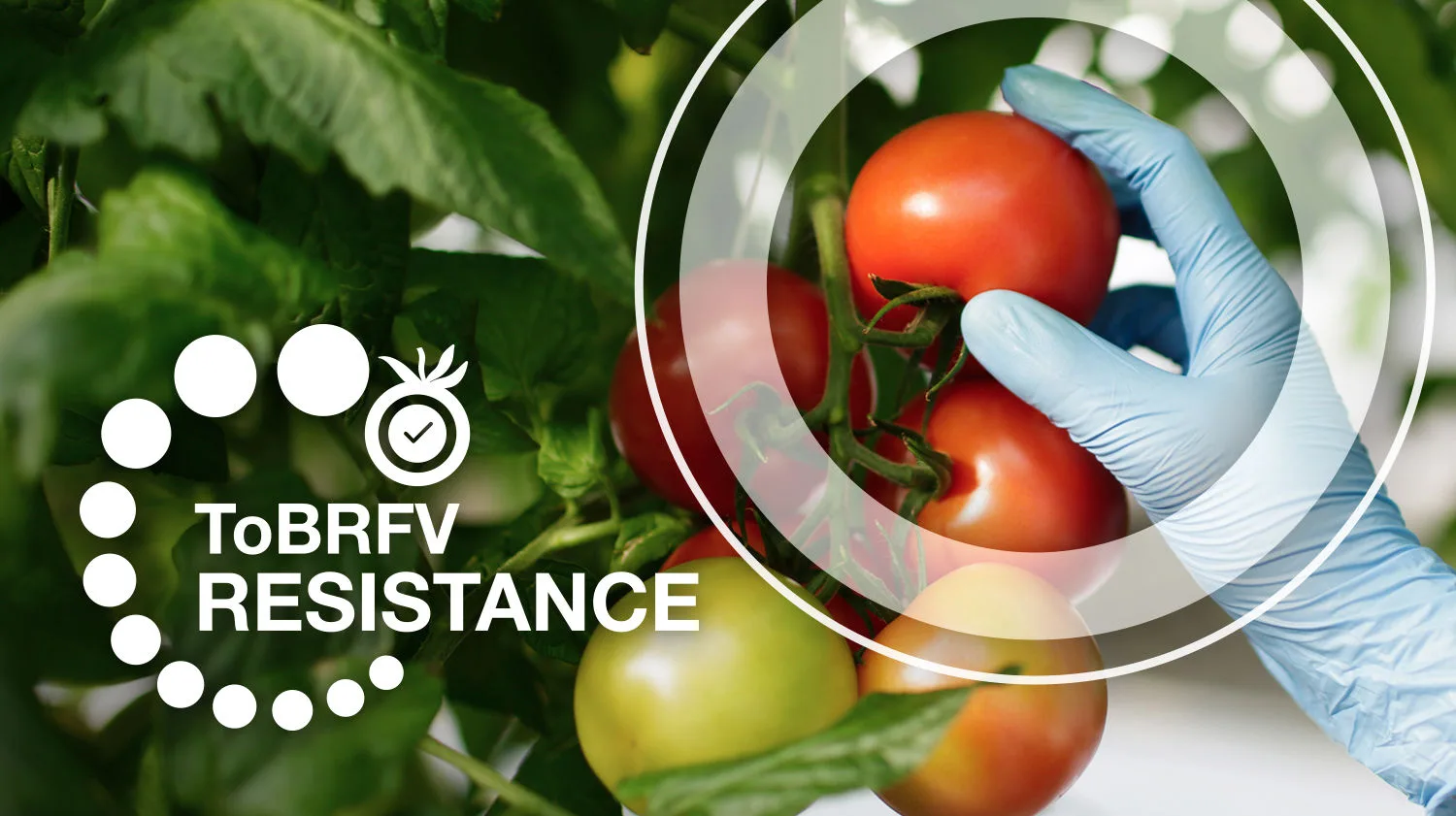Causal Agent
Stemphylium solani
S. lycopersici (syn: S. floridanum)
S. botryosum f. sp. lycopersici
Distribution
Worldwide
Symptoms
Leaf lesions initially appear as small, brownish-black specks. These lesions develop into grayish-brown, glazed angular lesions approximately 3 mm (0. 13in.) in diameter and are often surrounded by a yellow area. Eventually, they dry up and develop cracks in their centers. If numerous lesions develop, yellowing of the leaf occurs, followed by leaf drop and, eventually, defoliation of the plant. The fruit and stems are not affected by this fungus.
 Lesions on abaxial leaflet surface
Lesions on abaxial leaflet surface
Conditions for Development
The fungus can survive in the soil and on plant debris from one year to the next. In addition, volunteer tomato plants, as well as other solanaceous crops and weeds, serve as inoculum sources. Infected transplants are also thought to be an important inoculum source. The fungus spores are spread from the surface of infected tissues by wind and splashing water. Warm, humid or wet weather is favorable for disease development. The disease can also be a problem in arid areas when there are long dew periods, or if sprinkler irrigation is used.
Control
The widespread use of resistant varieties has reduced the importance of this disease. Fungicides should be used for disease control when susceptible varieties are grown.





